As an eco-conscious adventurer, exploring the breathtaking National Forests of California with an electric vehicle (EV) offers a unique opportunity to experience nature’s beauty while minimizing our environmental impact. From the rugged Sierra Nevada mountains to the serene Redwood forests, California’s diverse landscapes provide countless opportunities for outdoor enthusiasts to enjoy a variety of activities. With the proper planning, preparation, and knowledge of permits and regulations, you will be well-equipped to embark on a sustainable, memorable journey through California’s pristine wilderness in your electric vehicle.
Understanding California’s National Forests
California is home to 18 national forests, each offering unique characteristics, landscapes, and recreational opportunities for enthusiasts and hobbyists alike. From the giant sequoias in Sequoia National Forest to the rugged wilderness of Mendocino National Forest, there are plenty of options for exploration. As the popularity of electric vehicles (EVs) continues to rise, embarking on your journey to explore California’s National Forests with an EV is becoming more accessible, thanks to increasing charging infrastructure in nearby towns and cities.
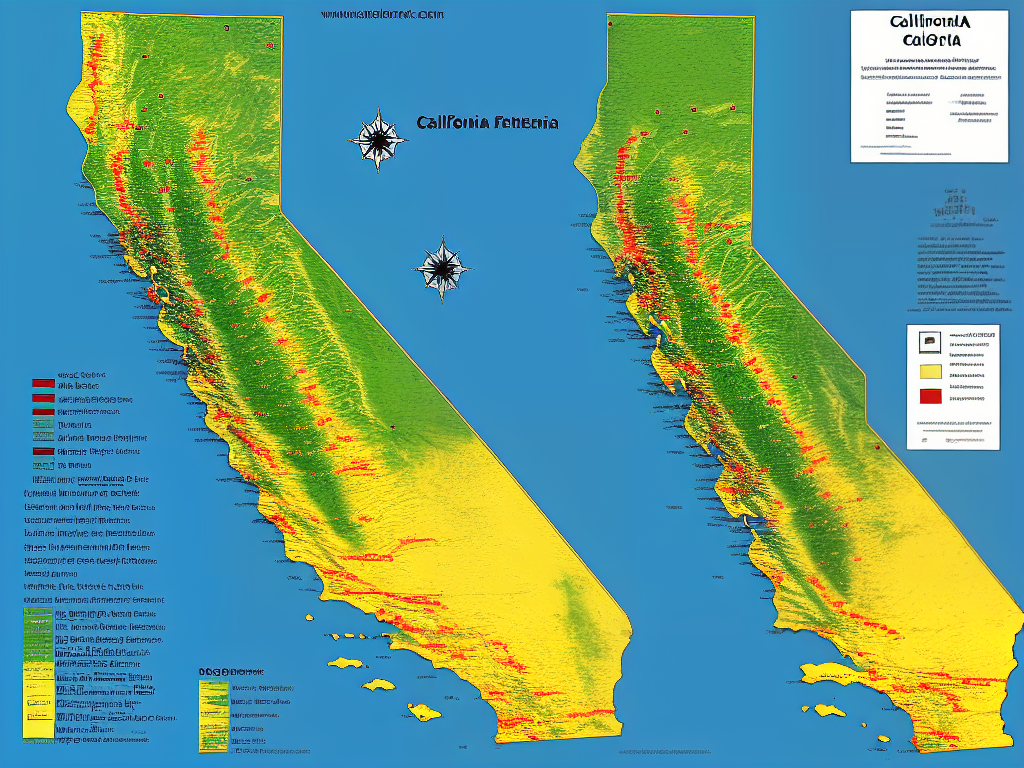
Electric Vehicle Range and Charging
One of the key aspects to consider while exploring California’s National Forests with an electric vehicle (EV) is the range and battery capacity of the car. The range is the distance an electric vehicle can cover on a single charge and can be impacted by various factors such as terrain, weight of the vehicle, and temperature. Familiarizing yourself with your EV’s range and battery capacity is crucial, as planning your route will depend on the available charging infrastructure and the need to recharge during your trip through California’s National Forests. As you head out to explore locations like Los Padres, Inyo, and Eldorado National Forests, keep in mind the charging stations found in neighboring cities, which will help ensure a smooth and enjoyable adventure.
Charging times for electric vehicles can vary depending on the type of charging station and the capacity of the battery. Generally speaking, the higher the charging capacity – denoted in kilowatts (kW) – the faster your EV’s battery can be recharged. When planning your route through national forests, it’s important to research the availability of charging stations in the area, as well as their charging capacity, to ensure that you can efficiently recharge your EV during your trip.
Luckily, there are public charging stations located near or within many of California’s National Forests. Some national forests, like Sequoia and Kings Canyon National Parks, have charging stations available within the park boundaries, while others may have charging stations in nearby towns or visitor centers. Apps like PlugShare or ChargePoint can help you locate charging stations along your route and provide information on charger types, availability, and any associated fees. Using these resources can help you map out a convenient charging plan tailored to your EV and trip itinerary.
In addition to public charging stations, you may find charging options at campgrounds or RV parks. Many RV parks have electrical hookups, which can be utilized by electric vehicles for charging. While these charging options may be slower than dedicated EV chargers, they can still provide a needed boost for your vehicle as you enjoy the beauty of California’s National Forests. It is essential to check the campsite or RV park regulations beforehand to ensure compatibility with your EV’s charging plug and to reserve a campsite with the necessary amenities.
When planning a longer trip, it’s important to consider auxiliary charging solutions, such as portable solar panels or a backup battery pack, for added peace of mind when exploring California’s National Forests with an electric vehicle (EV). By understanding the charging infrastructure and estimating your travel needs, you can efficiently tailor your trip and embark on an eco-friendly adventure through some of the most picturesque landscapes in the country.
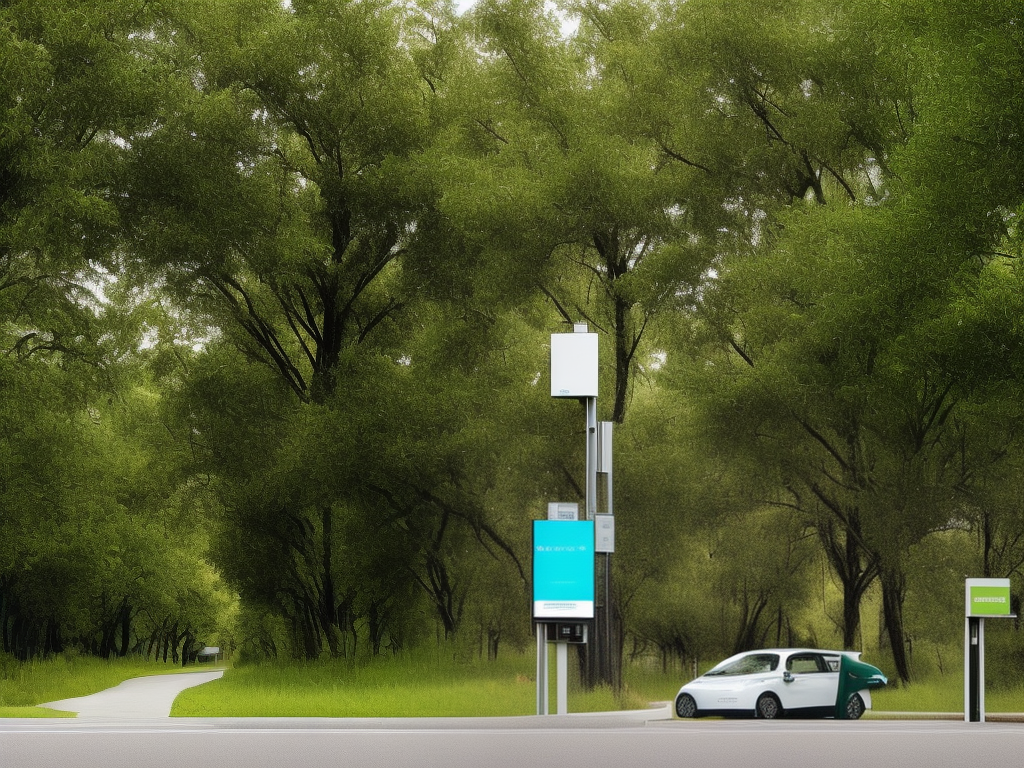
Electric Vehicle Preparation and Maintenance
Before hitting the open road, familiarizing yourself with the necessary preparations and maintenance required for your EV is a crucial aspect of enjoying a seamless and worry-free journey through California’s National Forests. Start by ensuring that your electric vehicle is in good working order and ready for the adventure that awaits.
Start by checking the tire pressure; this should be done when the tires are cold to get an accurate reading.
Properly inflated tires not only improve the vehicle’s performance but also reduce the risk of accidents and maximize the driving range, a critical factor for EVs.
Keep in mind that some forest roads may be rough or uneven, making it vital to have tires in excellent condition.
Next, assess the health of the vehicle’s battery, as it is the heart of an electric vehicle.
A battery in good condition will ensure optimal driving range and performance, which are important factors while exploring national forests where charging stations might be scarce.
Inspect the cooling system, wiring, and connectors for any noticeable wear or damage.
Make sure to fully charge the battery before leaving, especially if traversing remote areas with limited charging infrastructure.
Be mindful of the battery’s capacity and the expected driving range based on various factors such as terrain, altitude, and temperature.
Equipping your EV with essential tools and a well-stocked emergency kit is another critical preparation step.
Some items to consider include a tire repair kit, a portable air compressor, a multi-tool set, and towing equipment if your EV is eligible for towing.
Additionally, an EV-specific repair kit should include gloves to protect against electrical shock and a volt meter to check performance and diagnose potential issues.
Remember, being well-prepared can make a significant difference in the event of an unexpected situation.
Understanding basic maintenance requirements for electric vehicles is also vital for a hassle-free road trip.
Regularly inspect and clean the EV charging port to ensure a good connection and faster charging times.
Always keep charging cables in good condition, and examine them for fraying or other signs of wear.
Before each trip, review the owner’s manual for any scheduled maintenance requirements, such as battery coolant replacement or brake fluid checks.
Properly maintaining an EV not only ensures peak performance but also extends the life of the vehicle and prevents costly repairs.
Exploring California’s National Forests with an electric vehicle (EV) can be a rewarding experience for enthusiasts and hobbyists alike. To ensure a smooth and enjoyable journey, it’s essential to plan ahead and account for factors such as charging points, range limitations, and road conditions.
Begin by researching potential routes, determining the type of charger your EV requires, and locating charging stations along the way. Reviewing available mobile apps and websites for finding charging stations is a great way to stay informed about the available infrastructure and create a travel plan that accommodates your vehicle’s range limitations.
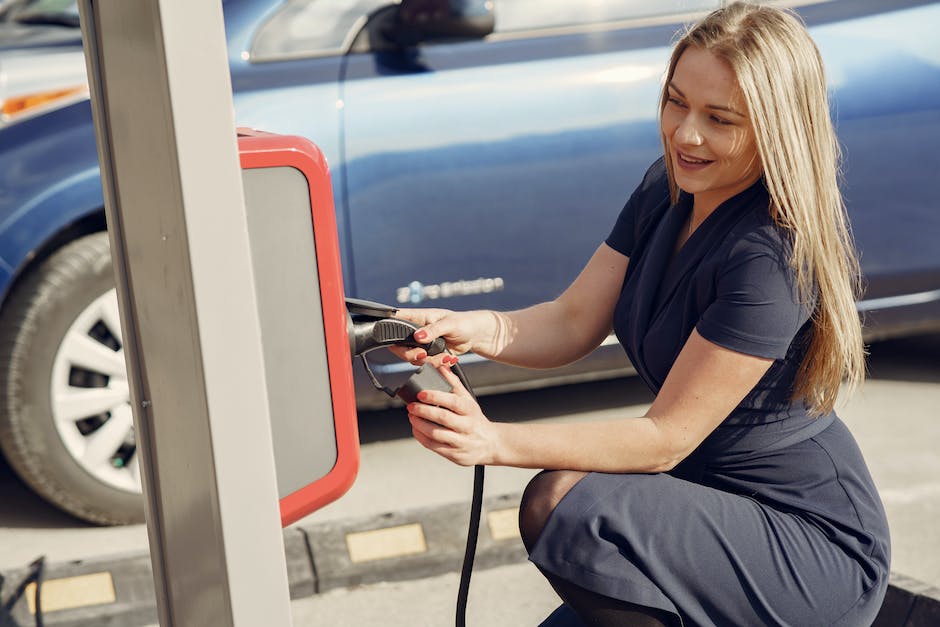
Planning an EV Route
Be prepared to adapt your route or charging schedule based on unexpected factors such as weather or road closures, to ensure a safe and enjoyable experience while traversing the beautiful landscapes of California’s National Forests. Understanding the different elements that affect your journey, like the total range of your EV and necessary charging points, will contribute to a well-rounded and satisfying trip for any outdoor enthusiast or hobbyist exploring California’s vast and diverse National Forests with an electric vehicle.
California’s National Forests cover vast expanses, and you may encounter remote areas where charging stations are scarce. In these scenarios, it’s crucial to utilize EV routing tools and apps to help you plan your trip according to the available charging points.
Many apps, such as A Better Routeplanner (ABRP) and PlugShare, can offer real-time information regarding the locations, types, and availability of charging points in the area. Not only do these tools provide you with accurate charging site locations, but they can also help you prepare for road conditions unique to the National Forests’ terrain.
Another crucial aspect to consider while exploring California’s National Forests with an EV is the terrain impact on your vehicle’s range. Mountainous regions, unpaved roads, and varying weather conditions can significantly affect your vehicle’s performance and energy consumption. It is wise to account for the extra energy required to navigate these terrains during your planning process.
Additionally, when planning your route through California’s National Forests, prioritize sticking to well-traveled roads and opting for popular attractions to ensure that you have better access to charging points. Dedicating time during the planning stage to research popular destinations within the forest, such as Yosemite Valley or Sequoia National Park, allows you to take advantage of established charging infrastructure and experience some of California’s premier outdoor attractions.
Always account for potential detours, delays, and other unplanned events that may require additional charging opportunities when exploring California’s National Forests with an electric vehicle (EV). Planning your EV route with an adequate buffer for the unexpected will not only provide peace of mind but also allow you to fully appreciate the beauty of these natural lands. By thoroughly researching, employing EV routing tools, and taking a proactive approach to planning your trip, you can successfully navigate the challenges of embarking on your outdoor adventures.
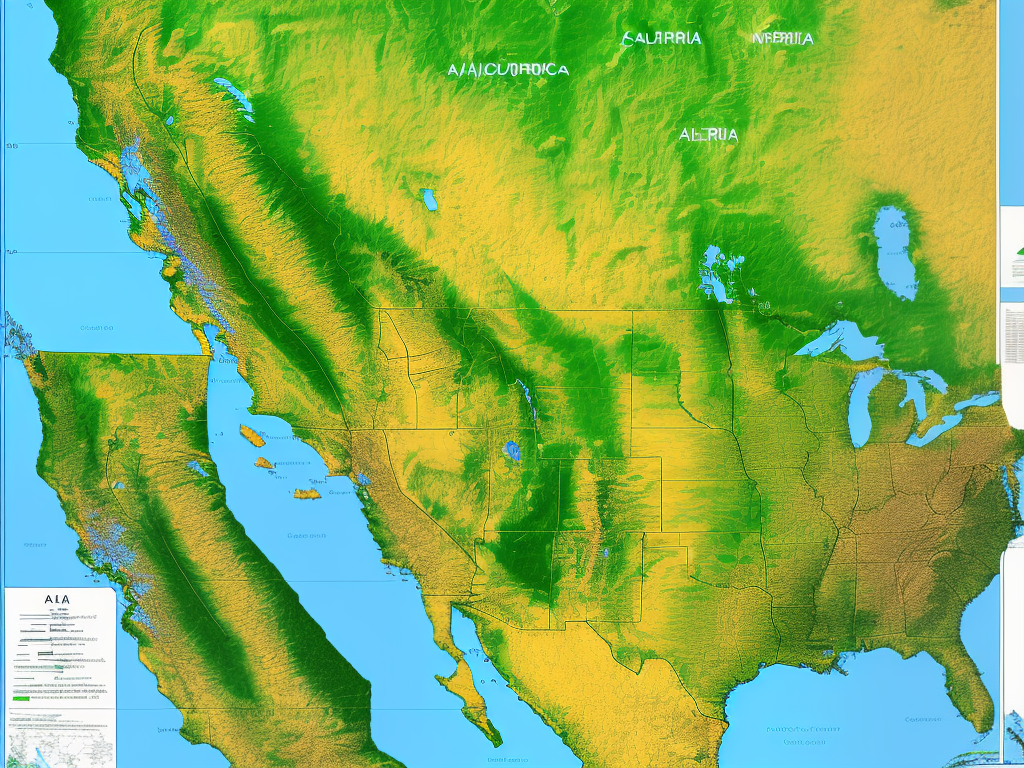
Camping and Outdoor Activities
California’s national forests offer a plethora of opportunities for outdoor enthusiasts and hobbyists, such as hiking, mountain biking, and wildlife watching. EV owners can conveniently access public charging stations near popular trails. While on your journey, it’s essential to wear appropriate footwear, carry enough water, and pack essential safety gear, including a map, compass, and first aid kit, to fully enjoy the magnificent wilderness these forests provide.
Mountain biking is perfect for exploring California’s national forests. There are trails for riders of all levels – from easy fire roads to challenging downhill routes. Riders should wear a helmet, gloves, and have a well-maintained bike with reliable brakes and tires. They must also be aware of trail conditions and regulations, as not all trails are open to mountain bikes.
Wildlife watching allows visitors to appreciate California’s unique ecosystems. National forests are home to many species, from migratory birds to elusive red foxes. binoculars, a field guide, and a camera are must-haves. Always stay on designated roads and trails, and keep a safe distance from wildlife.
EV owners must understand proper charging etiquette and find appropriate charging stations when exploring California’s national forests. Plan your route and charging stops ahead of time to avoid running out of battery. Always keep a charging adapter handy.
Embracing the great outdoors in California’s national forests with your electric vehicle (EV) offers a unique and eco-friendly way to experience nature. Many campgrounds now cater to EV enthusiasts by providing charging stations for overnight use. To make the most of your trip, be prepared with essential gear such as a tent, sleeping bag, cooking equipment, and food storage containers, ensuring a safe and comfortable camping experience. Don’t forget to follow responsible camping principles like leaving no trace and disposing of waste appropriately.

Permits and Regulations
Navigating Permits and Regulations for EV Exploration in California’s National Forests
When exploring California’s National Forests using an EV, make sure to familiarize yourself with the necessary permits and regulations that govern your activities. This not only guarantees the safety of all visitors but also aids in preserving the pristine environment of these treasured areas for generations to come.
Campfire Permit
One such permit that you may need is a campfire permit. This permit is required for any open flame, such as campfires, barbecues, or portable stoves, within the national forest system. Campfire permits can be obtained for free online or from local ranger stations and visitor centers, and it also serves as an excellent opportunity to learn about fire safety and restrictions.
Wilderness Permit
Another crucial permit to look into when visiting California’s National Forests is the wilderness permit. These permits are required for overnight visits to designated wilderness areas, which are some of the state’s most pristine and breathtaking landscapes. Acquiring a wilderness permit ensures that these areas remain protected and preserved by limiting the number of visitors and controlling the environmental impact. You can obtain a wilderness permit by visiting a ranger station, visitor center or even reserving them online in certain areas.
It’s important to remember that wilderness permits can be highly sought after, especially in popular areas, so it’s advised to reserve yours as early as possible.
Adventure Pass
For those visiting multiple national forest locations in California, acquiring an Adventure Pass may be the most cost-effective solution. An Adventure Pass is a recreation fee pass that permits you to use a variety of services and facilities within these forests, such as parking in fee areas or using forest service recreation sites. These passes can be purchased for a single day, multiple days, or even as an annual pass, providing you with an extensive range of options to tailor your pass to your exploration needs. You can purchase an Adventure Pass from a ranger station or visitor center, as well as numerous local vendors and online.
Regulations for EV Travel
When traveling through California’s National Forests with an EV, it’s essential to familiarize yourself with the specific rules and regulations for each area that you plan to visit. These regulations can include limitations on campground and trailhead access, containment of pets, disposal of human waste, appropriate food storage, and fire restrictions, among others. It’s always a good idea to consult with the local National Forest Ranger district for the most up-to-date regulations and alerts before embarking on your journey, ensuring a safe and enjoyable experience for both you and the environment.
Considering Charging Stations
Lastly, considering the availability of charging stations is a key factor when exploring California’s National Forests with an EV. Plan your route and stops accordingly to ensure that your EV remains adequately charged throughout your adventure. There are several websites and apps that can help you find charging stations in a specific area or plan a route with charging points.
Image Description
A group of camping enthusiasts gather around a crackling campfire under a canopy of tall trees in one of California’s many picturesque National Forests.
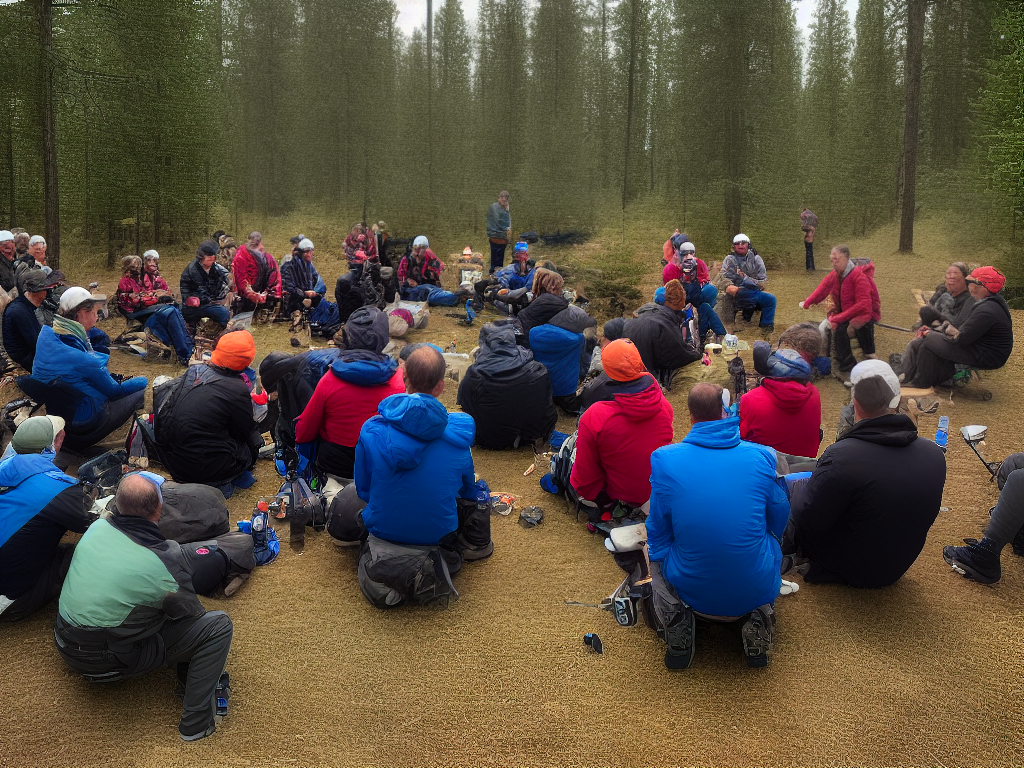
Leave No Trace Principles
As an avid explorer of these vast natural landscapes with your trusty electric vehicle (EV), it’s essential to be familiar with and adhere to the Leave No Trace principles. By following these guidelines, you’ll be practicing sustainable outdoor exploration and ensuring that California’s National Forests continue to flourish for generations to come. When embarking on your EV adventures in these wild areas, remember that being a responsible and respectful visitor is key to preserving the beauty of these unique destinations.
The first principle: Plan ahead and prepare
This entails researching and understanding the specific regulations, rules, and concerns of your destination national forest and planning your route, ensuring your EV charging spots are available nearby. Create a travel plan that is adaptable and respects the natural surroundings, avoiding sensitive wildlife habitats and high-use areas, especially during peak seasons.
Responsible off-trail driving
While exploring California’s National Forests with an EV, remember to practice responsible off-trail driving. Travel on designated routes and stay on established roads or trails to decrease soil erosion and damage to flora. Consider the size and weight of your vehicle when passing through sensitive areas.
Waste management
Another critical aspect is waste management, ensuring that all trash, including food waste, is packed out and disposed of appropriately. Do not leave remnants or waste at EV charging stations or campsites.
Minimize campfire impact
Minimize campfire impacts within the forests by utilizing designated fire rings and maintaining a small fire. Alternatively, you may opt to use a lightweight, portable camp stove instead. Try to minimize the use of wood resources within the forests, and refrain from damaging live trees or branches for firewood.
Respecting wildlife
Additionally, respecting wildlife is key when exploring the National Forests. Giving adequate space and observing from a distance ensures that animals can maintain their natural behaviors and prevents any potential stress or harm caused by human interference.
Considerate of other visitors
Lastly, be considerate of other visitors by maintaining a low profile. Keep noise levels to a minimum, manage pet behavior by following leash and waste removal guidelines, and respect shared-use facilities. When using EV charging stations at or near national forests, be mindful of other EV owners needing to charge and practice good etiquette.
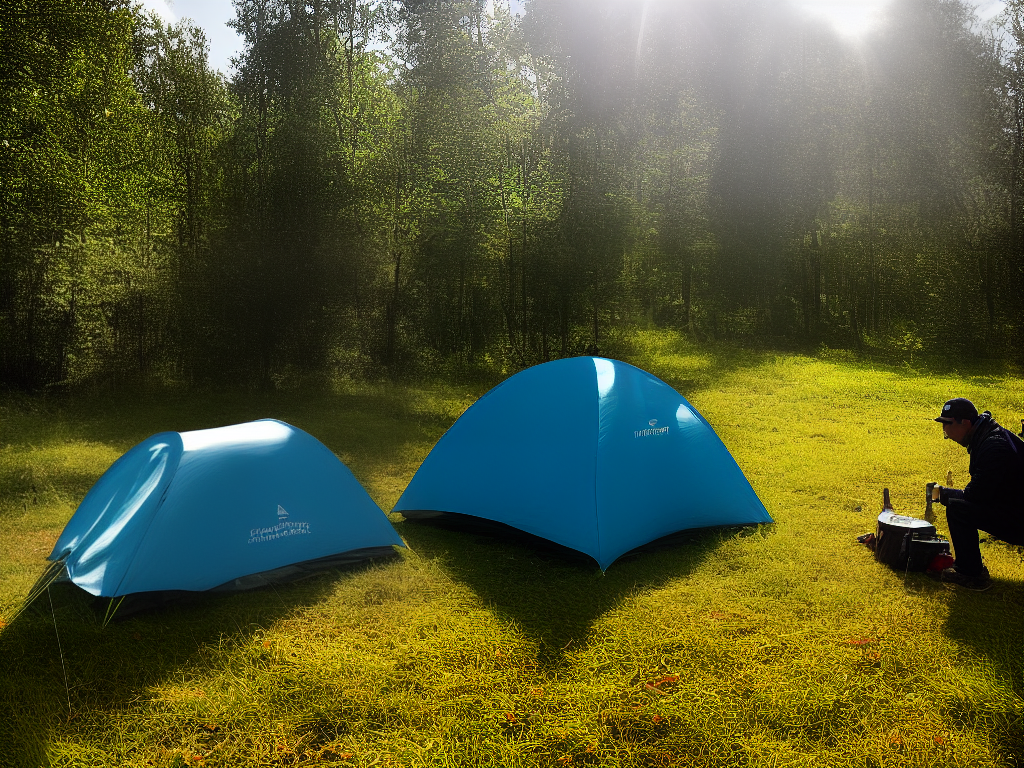
First Aid and Emergency Preparedness
As you endeavor to explore California’s National Forests with an electric vehicle (EV), it is crucial also to be prepared for potential emergencies and carry a proper first aid kit. Accidents can happen at any moment, and having basic first aid supplies on hand can make a significant difference in the outcome.
A comprehensive first aid kit should include items such as adhesive bandages, gauze, antiseptic wipes, tweezers, a CPR face shield, and medical tape. Additionally, it’s essential to have an understanding of basic first aid procedures, such as how to clean and dress a wound, administer CPR, and treat possible injuries like fractures or burns.
Equally important is emergency preparedness when camping and driving in remote areas. Planning and education are critical to ensure a safe and enjoyable trip. Before embarking on your journey, make sure you have a clear understanding of the route and conditions you might encounter, such as weather and road difficulties.
In addition, take the time to learn how to use emergency communication devices, such as a satellite phone, personal locator beacon (PLB), or two-way radio, to call for help in case of an emergency.
Remember that exploring California’s National Forests with an EV adds the challenge of managing and conserving battery life. Make sure to research charging options in advance and have an alternate power supply available if necessary. Preparation is essential in emergencies, especially when help may be far away.
Be sure to pack extra food, water, warm clothing, and other items that can help support survival in case of an unexpected event.
It’s crucial to have a plan in place in the event of a medical emergency or vehicle breakdown while exploring California’s National Forests with an EV. Be aware of locations where you can acquire medical assistance or emergency services, such as rangers’ stations, hospitals, or clinics. It’s also essential to have the appropriate tools and resources needed to address vehicle malfunctions and navigate various terrains successfully.
Overall, first aid and emergency preparedness play a critical role in ensuring you have a safe experience while exploring California’s National Forests with an electric vehicle. Being knowledgeable about basic first aid procedures can make a significant difference in emergency situations, while thorough preparation and planning for every aspect of your trip will help mitigate potential issues.
By taking the time to educate yourself about the challenges associated with EV usage in remote areas and packing essential supplies, you can confidently embark on your adventure, knowing you’re prepared for anything that may come your way.
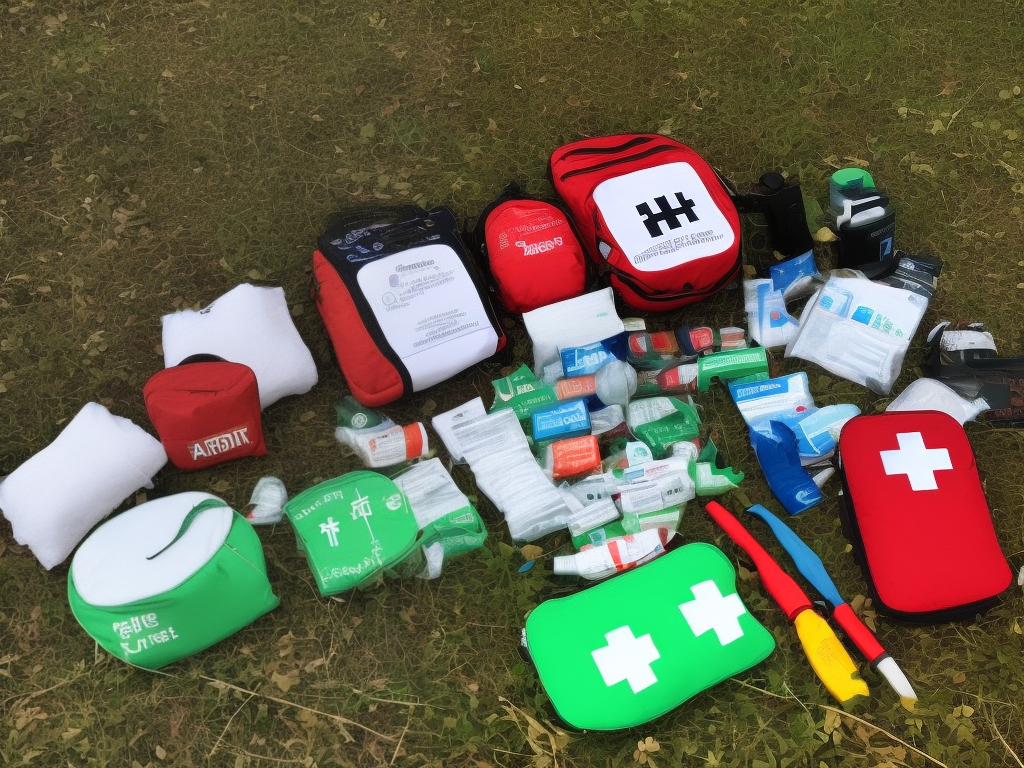
Ultimately, a successful and unforgettable EV expedition through California’s magnificent National Forests requires careful planning, attention to detail, and a commitment to sustainable practices. As you immerse yourself in the diverse natural beauty of California’s forested lands, ensure that you adhere to Leave No Trace principles, maintain your electric vehicle, and abide by rules and regulations to protect these precious ecosystems for future generations. With a well-planned route, thorough preparation, and a spirit of adventure, you will create lasting memories as you traverse the Golden State’s most captivating wilderness areas in your eco-friendly electric vehicle.